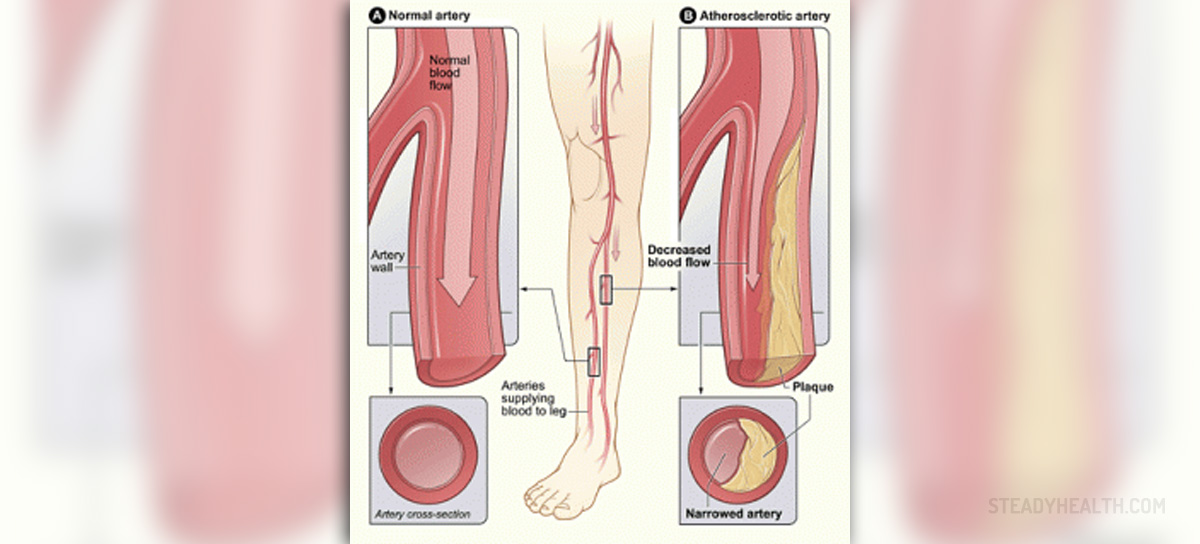
Blocked arteries in the legs are usually a result of coronary artery disease, and the specific medical term in this case is peripheral artery disease (PAD).
In someone with peripheral artery disease, the blood in the leg's arteries get clogged with fatty deposits, and that obstructs adequate blood flow to the leg. At the same time, the heart cannot manage to supply the whole body with the blood it needs.
Peripheral artery disease is often painful and its sufferers can experience a burning sensation in the legs. Claudication is a limp in the leg caused by the improper blood flow. PAD should be treated as soon as the visible symptoms are noticed, particularly because people suffering from PAD are prone to have cardiovascular stroke.
Other symptoms of PAD that are common, but that you may not have connected with your leg pain if you have them, include:
- Feet and hands that can get cold rather quickly.
- Wounds not healing fast.
- Thickened toenails.
- Shiny skin on your legs.
- Slow or no hair growth on the legs.
- Even erectile dysfunction is a possible symptom of PAD.
Causes of blocked arteries in the legs
Several causes and contributing factors can lead you to suffer from peripheral artery disease.
Older people whose arteries are clogged due to the buildup of atheromatous plaque or cholesterol often suffer from PAD.
This condition can happen unexpectedly. Sitting in one position for a long time, for example, in an airplane, can cause the blocked arteries in legs due to the insufficient blood flow to the leg.
High cholesterol levels, high blood pressure, smoking, diabetes, clotting disorders, aneurysms, deep vein thrombosis, and atrial fibrillation could be some of the causes of this condition.
A person needs to be physically active and lead a healthy lifestyle to reduce their risk of suffering from blocked arteries in the legs.
Symptoms of blocked arteries in the legs
Many symptoms could be listed as the symptoms of the PAD. Weakness and cramps in hips, thighs, calves and legs could be some of them. Sufferers of the PAD can also experience pain in the legs and numb and cold feet. Arteries may be blocked due to the gangrene infection, wounds, sores, ulcers or loss of hair.
Treatment of blocked arteries in the legs
People who are diagnosed with peripheral artery disease may be prescribed a combination of different medications. They can include drugs to lower cholesterol, reduce blood pressure, lower blood sugar levels, help reduce the risk of blood clots, and pain relief medications.
Beta-blockers, blood thinners (anticoaulants) or ACE inhibitors may be prescribed. Medications such as streptokinase or tissue plasminogen activator are often used for treating blocked arteries in the legs. In cases of unsuccessful treatment with drugs, surgery can be performed as a next option. Surgeries that help in removing the buildup of plaque include bypass, thrombolytic therapy and endarterectomy, which is performed by making a small incision on the artery.
If you are a smoker, you should definitely quit smoking. Proper exercise routines are recommended for the treatment and management of PAD, as well. Physical activity keeps the arteries and muscles active and the blood flow in the legs is not reduced.
- medlineplus.gov/ency/article/007393.htm
- medlineplus.gov/ency/article/007394.htm
- Photo courtesy of National Heart Lung and Blood Institute by Wikimedia Commons: commons.wikimedia.org/wiki/File:Peripheral_Arterial_Disease.gif


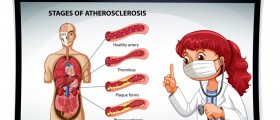



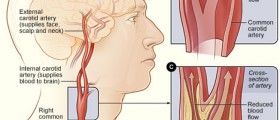



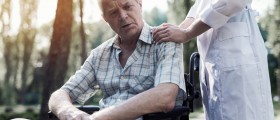
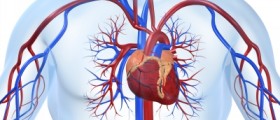


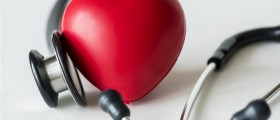


Your thoughts on this
Loading...